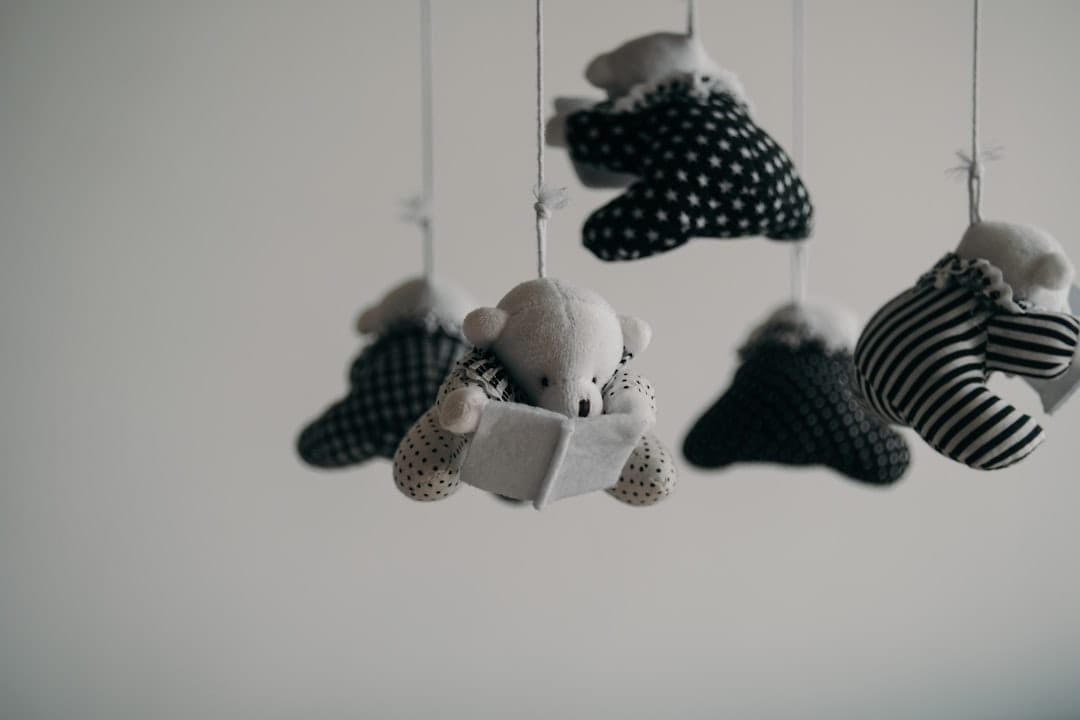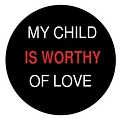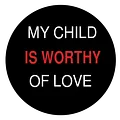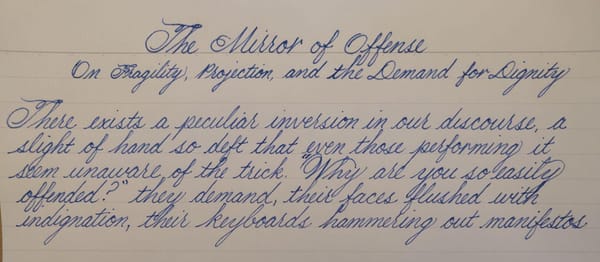Nursery Rhymes and Family Crimes

Dissecting a Parent's Fantasy of Trans Erasure
Let’s talk about a peculiar literary specimen that recently crawled across my desk. A parent has rewritten a children’s nursery rhyme to process their child’s “estrangement,” but what they’ve actually created is a masterclass in avoiding accountability while weaponizing nursery rhyme nostalgia. Let’s dissect this text turd together, shall we?
“Oh, where, oh where has my lovely son gone? Oh where, oh where can he be? With his hair grown long and his life cut short, Oh where, oh where can he be?”
Right out of the gate, we have the problem in neon lights. Notice how the author is mourning their “son” - not their child who is now living authentically. They’ve framed gender expression (“hair grown long”) as part of the problem and ominously suggest their child’s “life cut short” - a bizarre framing given that family rejection, not acceptance, is what actually endangers trans lives. Studies consistently show that transgender youth with supportive families have a 52% decrease in suicidal thoughts compared to those facing rejection.[1]
“Perhaps I shouldn’t have questioned him when He said he was not my son. But I had to stand for what’s right and wrong. And abide true to the One.”
Ah, there it is - the admission wrapped in self-righteousness. “Perhaps I shouldn’t have questioned” their identity, but actually, I’m going to immediately justify doing exactly that. Let’s be clear: invoking religious authority to justify rejecting your child’s identity isn’t standing for “what’s right” - it’s choosing dogma over your living, breathing child. Many religious scholars and denominations now recognize that affirming transgender identities aligns perfectly with teachings of compassion and loving acceptance.[2]
“He took a ride with an internet friend. New life he thought he could live.”
The classic “blame the internet” gambit. This narrative that transgender identity is somehow contagious or influenced by online “groomers” has been thoroughly debunked by actual research. A 2022 review in the Journal of Adolescent Health found no evidence for “rapid onset gender dysphoria” or social contagion theories.[3] What the internet does provide is information and community for those already questioning - resources this parent clearly wasn’t offering.
“He lost his grip on this slippery slope. On down that deep hole he went.”
Nothing says “I’ve done my research” quite like trotting out the “slippery slope” fallacy. This metaphor reveals everything about the author’s perspective - that gender identity is some kind of dangerous descent rather than an authentic expression of self. Research consistently shows that gender affirmation leads to improved mental health outcomes, not deterioration.[4] The only “slippery slope” here is how quickly family relationships deteriorate when parents refuse to accept their children’s identities.
“A transgender life is the answer,” he heard. “A life that could be great fun.” But the crowd he chose pitched him in the dirt. Our son just longed to be done.”
This passage is particularly revealing in its complete mischaracterization of transgender experiences. First, the flippant suggestion that being transgender is something people choose for “fun,” then the baseless claim that the transgender community somehow harmed their child. The reality is that transgender individuals face discrimination and challenges precisely because of attitudes like the author’s, not because of support from the transgender community.[5] The cruel irony is that the rejection described in this poem is likely coming from people who share the author’s views, not from affirming communities.
“And then he thought of his warm, loving home, The place he most wished to be. With a clear new view and a joyful heart, He ran right back home to me.”
And here’s the fantasy ending that reveals everything: the child returning home after rejecting their authentic self. This isn’t a poem about love - it’s a hostage negotiation where acceptance is conditional on denial of self. The author has crafted a world where their rejection was actually a favor, where identity is something you can talk someone out of, and where the happy ending involves their child choosing parental approval over their own truth.
What makes this particularly dangerous is how it functions as a permission slip for continued rejection. This poem isn’t just expressing one parent’s hope – it’s actively encouraging other parents to maintain their ideological stance in the misguided belief that their child will eventually “come to their senses” and return to them. It’s literary validation for the harmful waiting game of “love the sinner, hate the sin” that has destroyed countless family relationships.
Let’s be painfully clear about the stakes here: This kind of content directly contributes to that 48% statistic – the dramatically increased risk of suicide attempts among transgender youth with unsupportive families.[6] When parents read fairy tales like this instead of actual research, they’re being led deeper into an echo chamber that promises them their child will return if they just reject them firmly enough.
What these parents don’t realize is they’re caught in a tragic feedback loop: their child’s continued estrangement isn’t a sign they should double down on rejection; it’s the natural consequence of that rejection. While they’re busy sharing nursery rhymes about prodigal children, their actual children are building lives without them – lives that research consistently shows are healthier and happier when supported by family, but will proceed regardless.[7]
The most inconvenient truth here isn’t just that this poem perpetuates harmful myths about transgender experiences. It’s that every parent sharing it is actively choosing a comforting fantasy over the real work of acceptance that might actually bring their family back together.
And while they wait for their children to “come to their senses,” real families are healing through acceptance, education, and love without conditions. That’s the story that deserves to be written.
References
[1] Trevor Project. (2022). 2022 National Survey on LGBTQ Youth Mental Health. The Trevor Project.
[2] Murchison, G., Adkins, D., Conard, L. A., Ehrensaft, D., Elliott, T., Hawkins, L. A., & Human Rights Campaign. (2016). Supporting & caring for transgender children. Human Rights Campaign.
[3] Ashley, F. (2022). The clinical irrelevance of “rapid onset gender dysphoria.” Journal of Adolescent Health, 70(2), 211-212.
[4] Turban, J. L., King, D., Kobe, J., Reisner, S. L., & Keuroghlian, A. S. (2022). Access to gender-affirming hormones during adolescence and mental health outcomes among transgender adults. PLOS ONE, 17(1), e0261039.
[5] James, S. E., Herman, J. L., Rankin, S., Keisling, M., Mottet, L., & Anafi, M. (2016). The Report of the 2015 U.S. Transgender Survey. National Center for Transgender Equality.
[6] See 1 above.
[7] Russell, S. T., Pollitt, A. M., Li, G., & Grossman, A. H. (2018). Chosen name use is linked to reduced depressive symptoms, suicidal ideation, and suicidal behavior among transgender youth. Journal of Adolescent Health, 63(4), 503-505.


